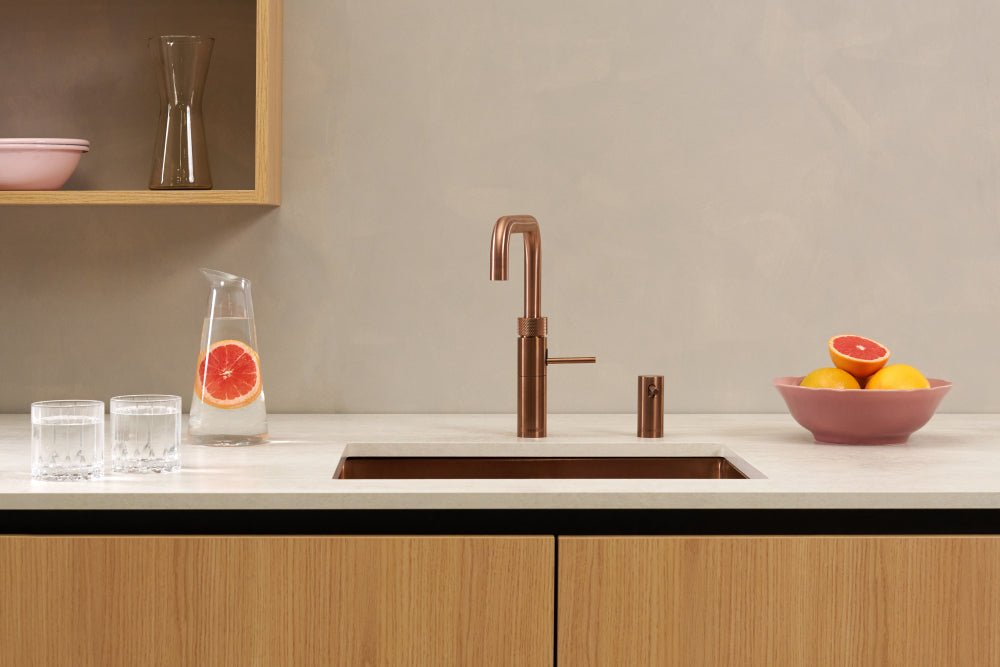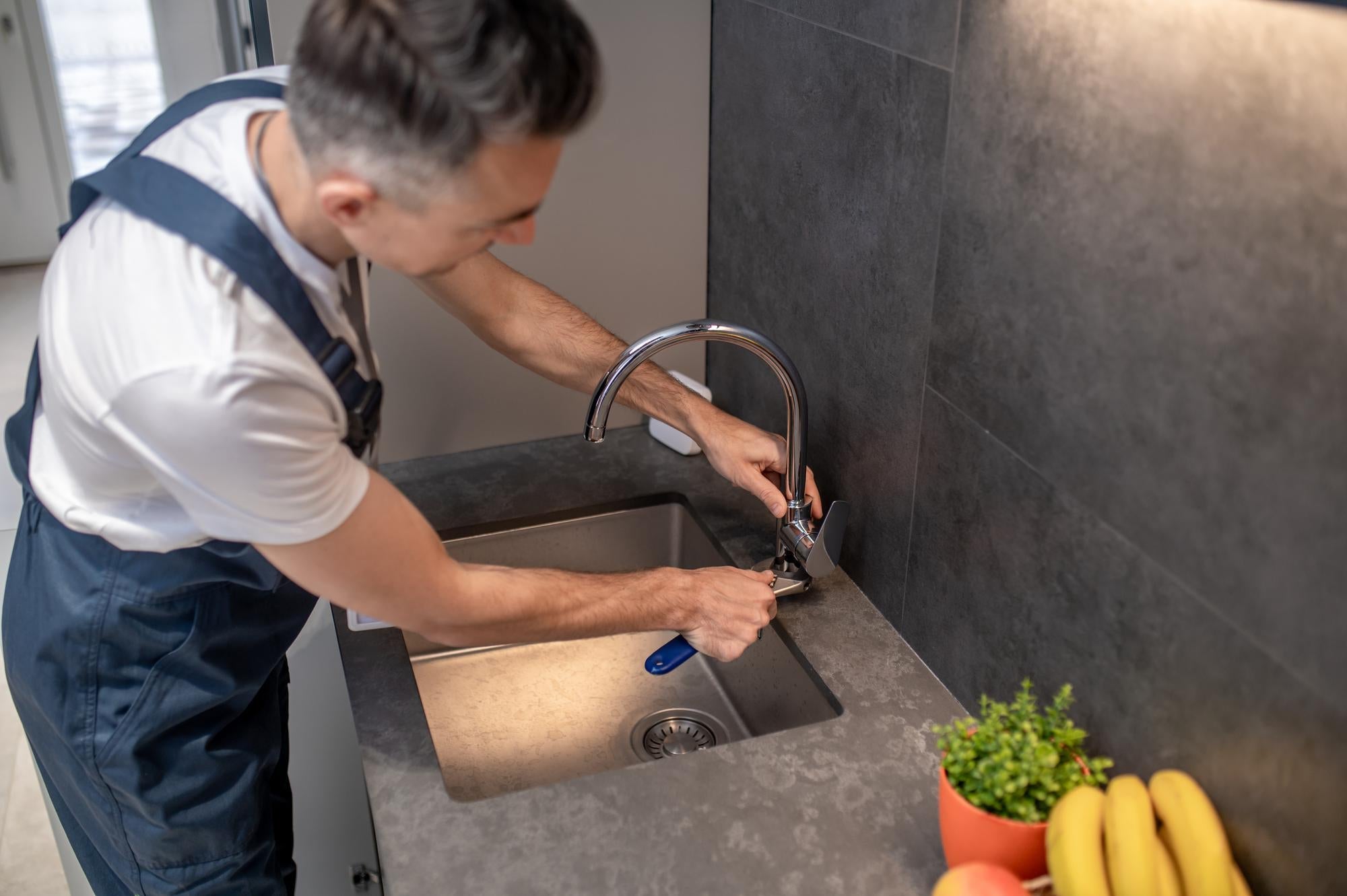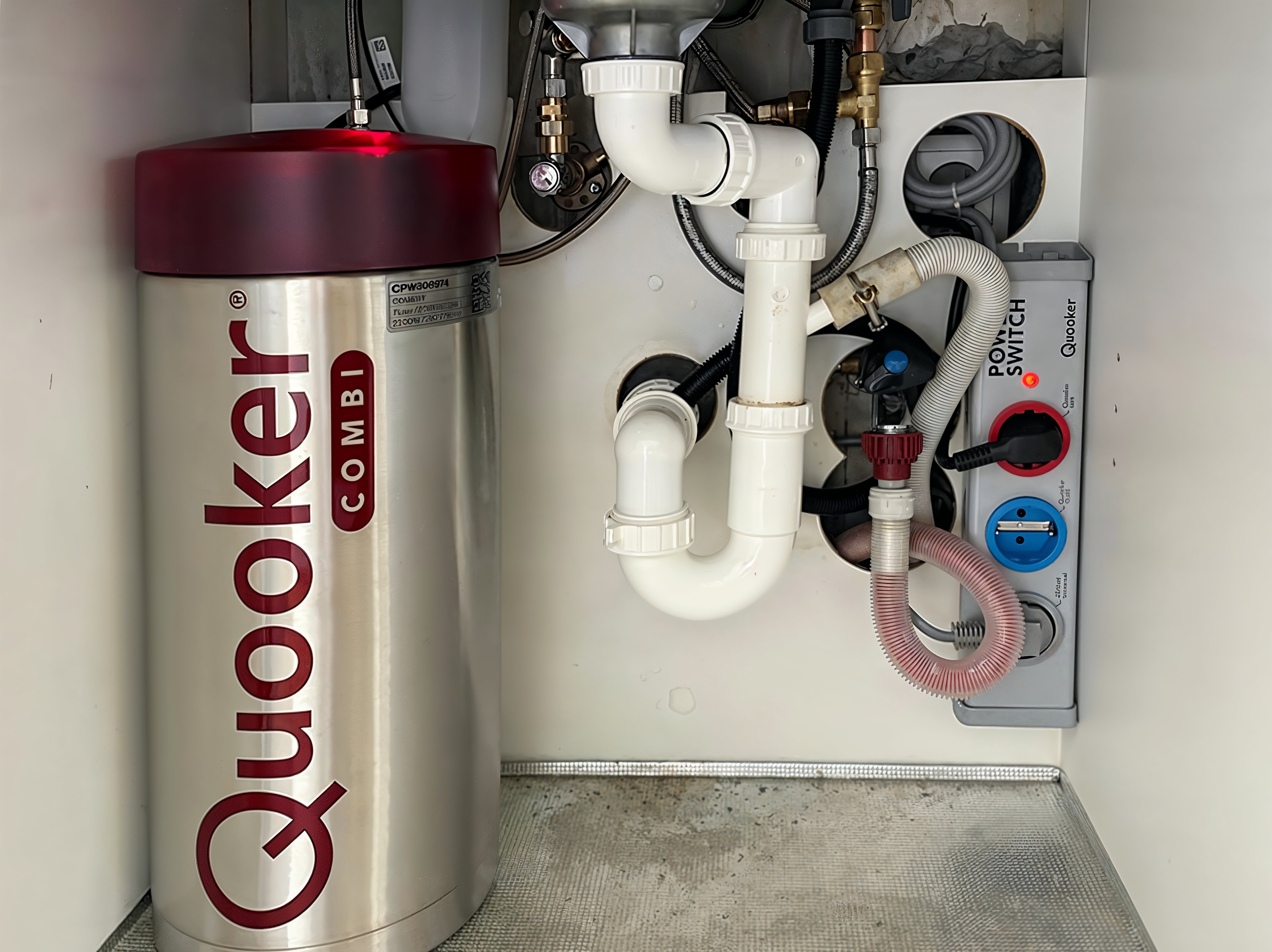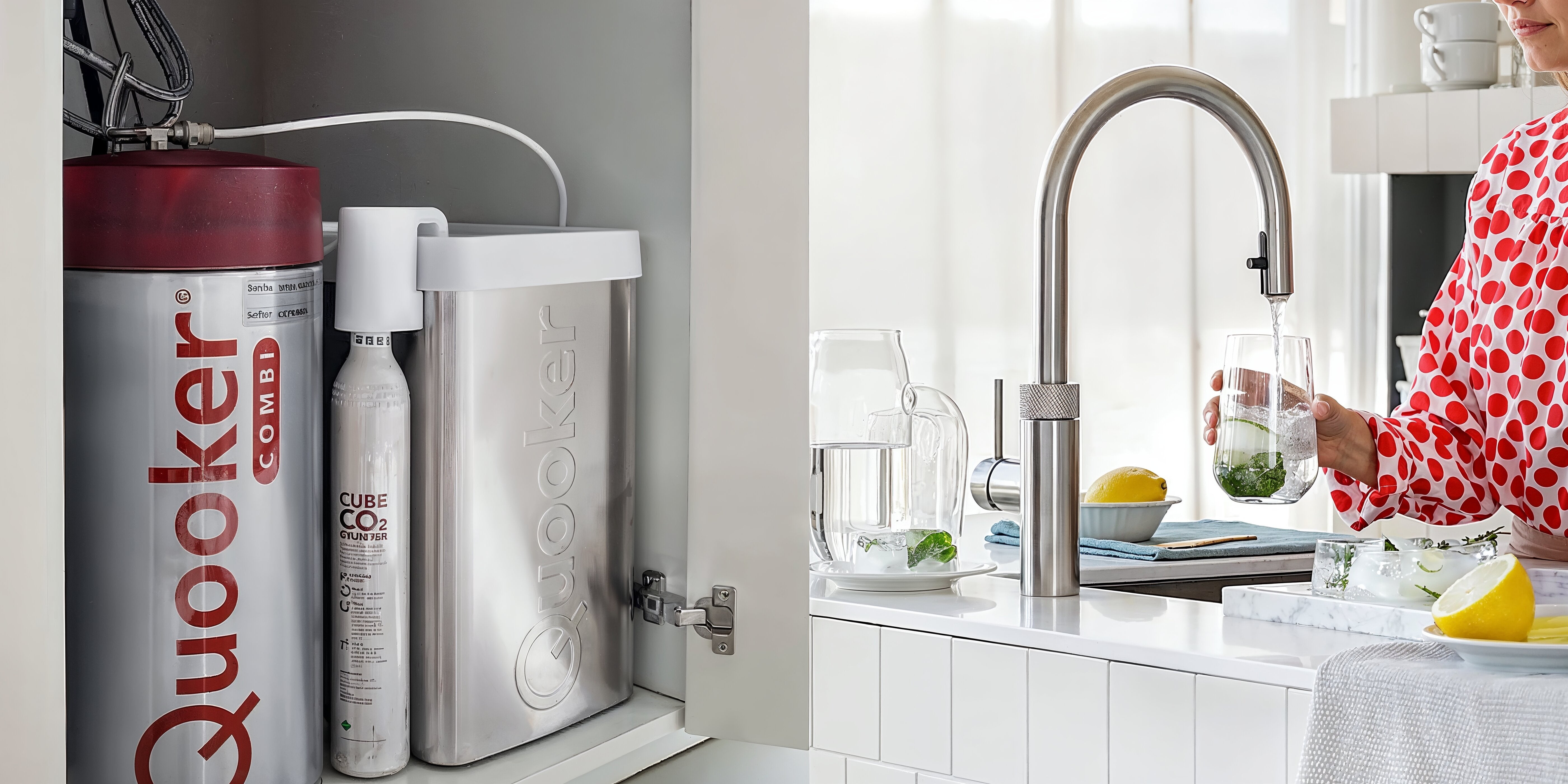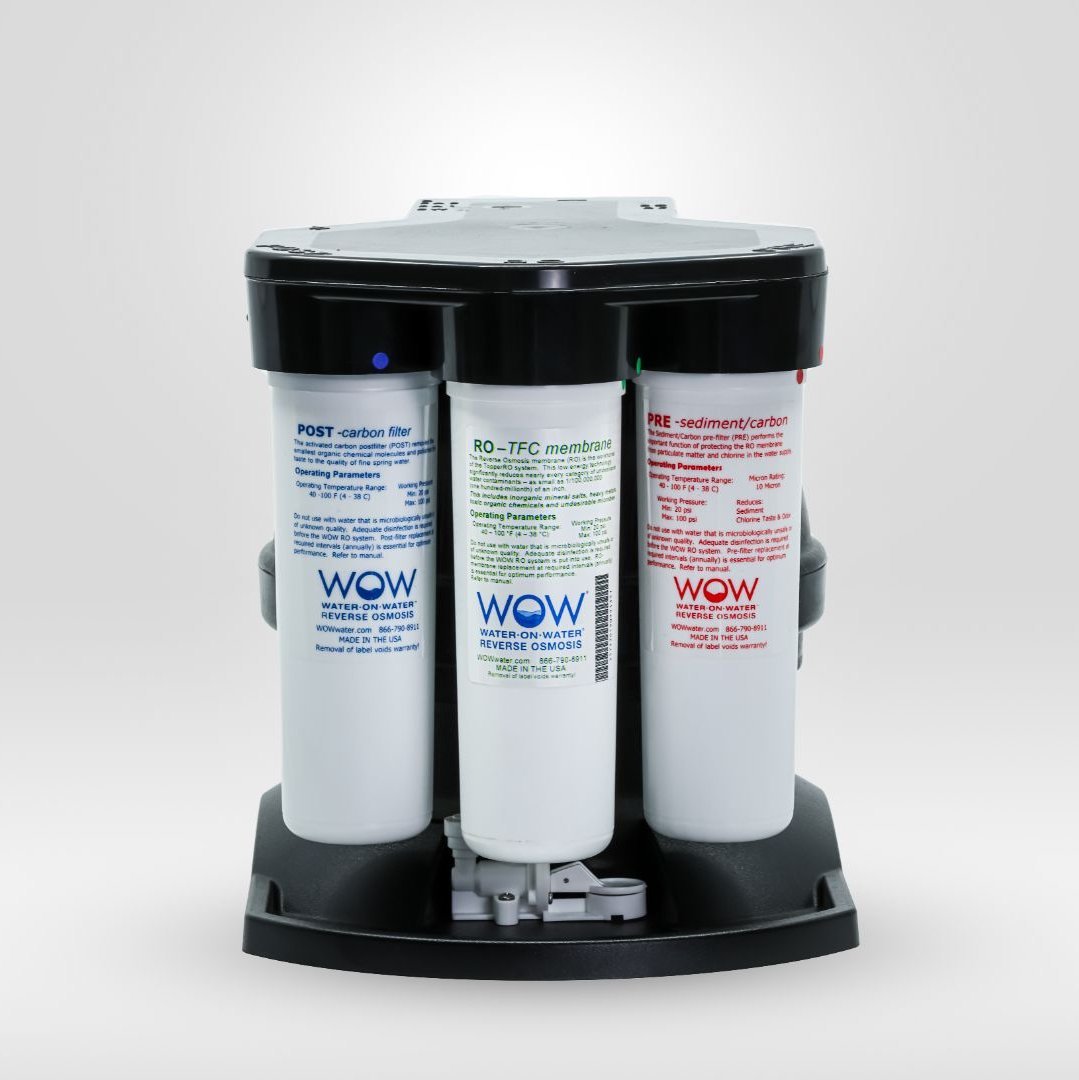A metallic taste in tap water can arise from various causes, including corrosion of old pipes, high concentrations of minerals like iron and copper, low pH levels, and the release of metal particles from the distribution system. This undesirable taste can be effectively removed with water filtration systems that utilize reverse osmosis technology, which filters up to 99% of metals and other contaminants from the water.
Why do I taste a metallic flavor in my tap water?
The metallic taste in tap water has several causes, often related to the water's composition and the infrastructure of the water supply system. Old pipes are one of the main sources, especially those made of copper, iron, or galvanized steel. Years of exposure to water can cause these pipes to corrode, releasing metal particles that cause the characteristic metallic taste.
The pH of the water plays a crucial role in the development of metallic taste. Water with a low pH (acidic water) corrodes metal pipes more quickly, resulting in more metal ions being released into the drinking water. This process accelerates particularly in copper pipes less than two years old, as the protective oxide layer has not yet fully formed.
Naturally occurring minerals in water can also contribute to a metallic taste. Iron and manganese are the most common culprits, especially in areas where groundwater is used as a drinking water source. These minerals are not harmful to health, but they do significantly affect the taste of the water.
What are the most common causes of metallic water taste?
Pipe corrosion tops the list of causes for a metallic taste in tap water. This process occurs when the protective inner layer of water pipes is damaged by chemical reactions with the water. This problem is particularly common in older homes with original pipes from the 1960s and 1970s. The corrosion accelerates when water sits stagnant in the pipes for extended periods, for example, overnight or during vacations.
High mineral concentrations are a second major cause. Dutch tap water naturally contains several minerals, including:
- Iron: gives a rusty, metallic taste
- Copper: causes a bitter, metallic aftertaste
- Zinc: leads to a dry, astringent taste
- Manganese: causes a metallic aftertaste at low concentrations
Low pH levels make water more corrosive to metals. When the pH drops below 7.0, the water more easily dissolves metals from pipes and fixtures. This problem is more common in areas with soft water, where the natural buffering capacity is lower.
The water purification process itself can, paradoxically, also contribute to a metallic taste. During treatment, chemicals are sometimes added that react with metals in the distribution system, causing them to dissolve more quickly in the water.
How can I test myself if my tap water contains too many metals?
Testing water quality at home begins with a simple visual inspection. Fill a clear glass with cold tap water and examine it against a white background. Cloudy water or visible particles can indicate elevated metal concentrations. Also, look for discoloration in plumbing fixtures: blue or green deposits indicate copper, while reddish-brown stains indicate iron.
A TDS meter (Total Dissolved Solids) provides a quick indication of the total amount of dissolved solids in water. These handy meters measure the electrical conductivity of water, which increases with higher concentrations of dissolved metals and minerals. Values above 300 ppm may indicate elevated mineral concentrations, although this doesn't specifically indicate which metals are present.
For more accurate results, test strips are available that react specifically to certain metals:
| Type test | Detects | Detection limit |
|---|---|---|
| Iron test strip | Iron (Fe) | 0.1 - 5 mg/L |
| Copper test strip | Copper (Cu) | 0.05 - 2 mg/L |
| Lead test strip | Lead (Pb) | 0.01 - 0.5 mg/L |
| pH test strip | Acidity | pH 4 - 10 |
Professional water analysis is recommended when home tests reveal abnormal values or when the metallic taste persists. Certified laboratories can perform a complete analysis, determining exactly which metals are present and in what concentrations. This is especially important if lead or other potentially harmful metals are suspected.
Which water filter systems effectively remove metallic taste?
Various filter technologies can remove metallic tastes from tap water, each with its own advantages and disadvantages. Reverse osmosis is known as the most effective method, where water is forced under pressure through a semipermeable membrane. This process removes up to 99% of all dissolved metals, minerals, and other contaminants, resulting in spring-quality water.
Activated carbon filters work by adsorption, where metal ions adhere to the porous surface of the carbon. These filters are effective at removing chlorine and organic compounds, but less suitable for heavy metals. They do significantly improve the taste and odor of water by absorbing volatile compounds.
Ion exchangers use synthetic resin to exchange metal ions for harmless ions like sodium. This technology is particularly effective for removing calcium, magnesium, and certain heavy metals. The downside is that the resin must be regularly regenerated with salt.
Modern home water filter systems often combine multiple technologies for optimal results. A typical system consists of:
- Sediment filter for coarse particles
- Activated carbon filter for chlorine and organic substances
- RO membrane for metals and minerals
- Post-filter for taste improvement
Is reverse osmosis the best solution for metallic taste in water?
Reverse osmosis technology offers the highest metal removal efficiency compared to other filtration methods. The RO membrane has pores as small as 0.0001 microns, small enough to retain virtually all dissolved metal ions. Studies show that RO systems consistently remove more than 95% of lead, 98% of copper, and 99% of iron from water.
The benefits for improving taste are undeniable. Water filtered with reverse osmosis has a neutral, fresh taste without metallic aftertaste. This is because not only metals but also other flavor-impairing substances such as chlorides and sulfates are removed. The result is water comparable to natural spring water.
Comparison with other filter methods shows clear differences:
| Filter method | Metal removal | Taste improvement | Maintenance |
|---|---|---|---|
| Reverse osmosis | 95-99% | Excellent | Annual |
| Activated carbon | 20-50% | Good | 3-6 months |
| Ion exchanger | 80-90% | Moderate | Monthly |
| UV filtration | 0% | No effect | Annual |
A key advantage of modern RO systems is the addition of a remineralization filter. This filter reintroduces healthy minerals like calcium and magnesium to the filtered water, ensuring a natural taste and a good mineral balance without unwanted metals.
What are the main steps to permanently remove metallic taste?
The first step to permanently clean water is identifying the exact source of the metallic taste. Test the water at different times and in different locations throughout the house. A metallic taste that only occurs in the morning often indicates corrosion in your home's pipes, while a persistent metallic taste can indicate problems with the main water supply or naturally occurring minerals.
Choosing the right filter system requires an analysis of your specific situation. For homes with old pipes and a persistent metallic taste, a reverse osmosis system is the most effective solution. These systems remove not only metals but also other contaminants such as PFAS, pharmaceutical residues, and microplastics, resulting in water of the highest quality.
Installation and maintenance determine the long-term success of water purification. Professional installation guarantees optimal operation and prevents leaks. Regular maintenance according to factory specifications is essential:
- Replace sediment filter every 6-12 months
- Replace carbon filter every 12 months
- Replace RO membrane every 2-3 years
- Annual system inspection and disinfection
For a permanent solution, it's important to address not only the symptoms but also the underlying causes. Consider replacing old pipes in combination with a high-quality filtration system. Modern water filtration systems with reverse osmosis technology offer the assurance of consistently pure water, regardless of fluctuations in the quality of the tap water supplied. With the right approach, you can enjoy fresh, pure water without a metallic taste every day, straight from your own tap.


